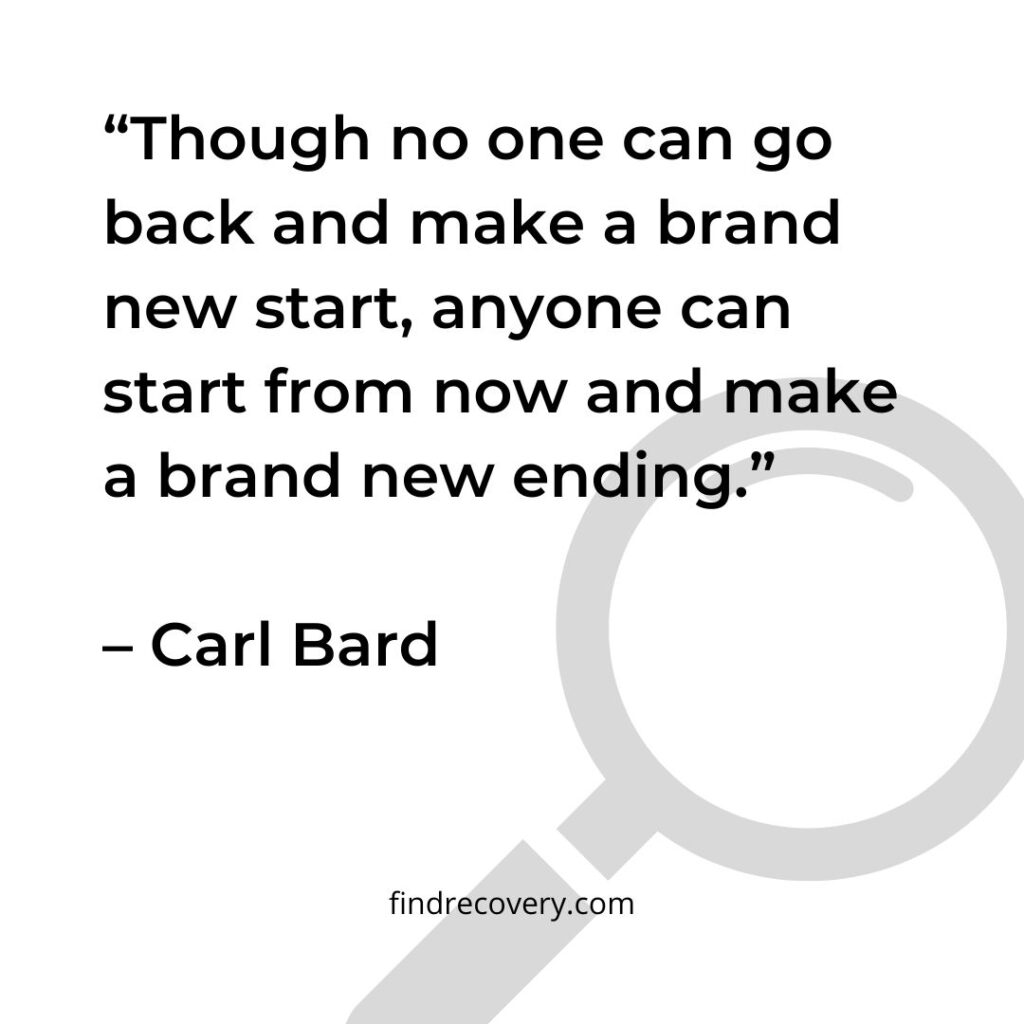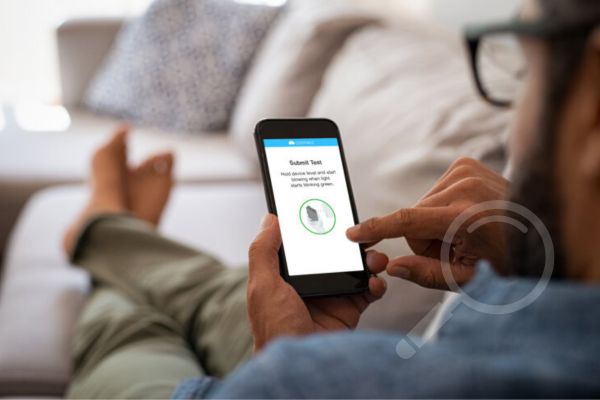In the journey of addiction recovery, maintaining sobriety is a daily challenge. Studies show that nearly 40-60% of individuals in recovery experience a relapse at some point, often due to triggers, stress, or gaps in support systems. However, advancements in technology are transforming how we approach relapse prevention, offering innovative tools to empower lasting sobriety. One such tool is remote alcohol monitoring, which has been a game-changer–combining accountability, convenience, and compassionate care.
What is remote alcohol monitoring?
Remote alcohol monitoring is the use of a personal, professional-grade breathalyzer device for daily checks of whether a person has consumed alcohol. Such devices are typically issued as a part of a court order due to an alcohol-related offense (violations often result in legal consequences).
The purpose of these remote alcohol monitoring devices is the same as the use of traditional breath analyzers: to detect traces of alcohol vapor on a person’s breath. Often, these devices are set up to automatically share the results with others who might be involved in the person’s recovery journey. These designated contacts may include healthcare professionals, law enforcement, or family members.
5 benefits of remote alcohol monitoring
Remote breathalyzers aren’t just about enforcement but also about creating a safety net. The technology blends digital tools with human-centered design, offering convenience and flexibility while providing the structure needed for successful alcohol addiction recovery.
- Real-time accountability
Old-school methods like ignition interlock devices required blowing into a tube to start a vehicle. They had no guardrails to ensure that the person who is being monitored is the one taking the test. So these individuals could get other people, sometimes even children, to blow into the device for them, thus thwarting the efforts of law enforcement.
Modern remote breathalyzer technology, however, is equipped with numerous smart features like facial recognition, GPS timestamping, and tamper detection, guaranteeing that results are accurate and trustworthy results. This might not sound like great news to someone with the intention of breaking the law, but it’s a strong way to reinforce the object of getting sober. This transparency can also rebuild fractured trust between individuals in recovery and their families, employers, or legal teams — in addition to satisfying conditions from a court-ordered sentence. Together, these features allow remote alcohol monitoring to provide true peace of mind for loved ones and professionals involved in a loved one’s recovery.
- Encourages positive habits
Knowing that camera sensors and other data is being tracked and monitored creates a very strong incentive to remain sober. Since there isn’t a way to fool these biometric-enabled monitoring devices, the only way to pass the checks is to ‘walk the walk’ — there’s no way around it. Therefore, it’s in the interest of the individual to make the recovery process as easy as possible through things like regularly attending support meetings, working with a mental health professional, or consistently maintaining their prescription medication.
- Improved relapse prevention
Remote alcohol monitoring systems utilize digital technology to instantly notify designated contacts when alcohol consumption has been detected. The ability to get immediate notifications in real time allows families or counselors to step in swiftly, addressing potential relapses before it escalates.
Relapsing can be extremely dangerous for individuals in recovery as their drug tolerance has likely decreased. What might have once been a standard amount could now be fatal due to the break in their alcohol consumption. However, relapse is rarely a singular, isolated event. It’s often a gradual process marked by warning signs. Remote breathalyzer technology acts as both a deterrent and an early-detection system.
- Positive reinforcement
Many remote alcohol monitoring systems also have a smartphone component that includes an interface that allows a user to see their test results. The visual of seeing a record of clean tests can boost a person’s confidence and motivation — both of which are extremely important in the likelihood of a positive recovery outcome. Visible test results transform abstract goals into tangible achievements and reinforce sobriety progress.
- Greater independence
Unlike traditional alcohol monitoring, which might require in-person check-ins, remote monitoring allows users to submit tests from anywhere. Devices are compact, wireless, and sync with mobile apps, allowing tests to be conducted discreetly at home, work, or while traveling. The ease of at-home testing directly contributes to an improved quality of life, removing barriers of distance or transportation and allowing the person more options in where they live and work. Not having to go to in-person check-ins minimizes the disruption of the court order as they go about their life.
Remote alcohol monitoring is a breakthrough in alcoholism recovery, but you don’t have to wait until you’re required to use one to get sober. Connect with a local Alcoholics Anonymous group today to find support from others in your community.

